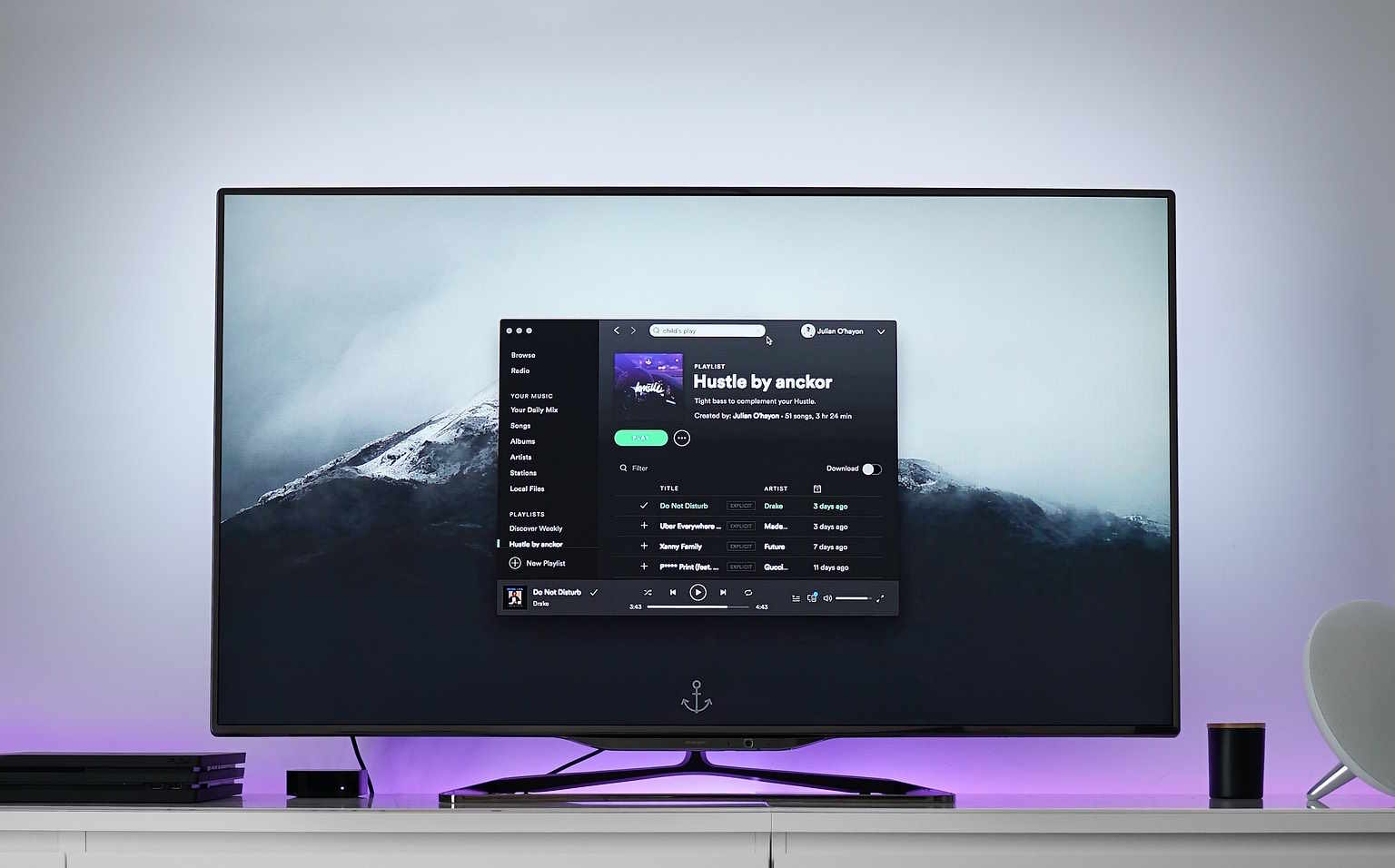The Rise of E-Ink Technology: A New Era of Digital Reading
In the ever-evolving world of technology, E-Ink is making waves as a revolutionary advancement in digital reading. This unique technology offers a paper-like reading experience that is easy on the eyes and consumes minimal power. Read below to delve into the fascinating world of E-Ink technology and its potential to redefine digital reading.

The Genesis of E-Ink Technology
E-Ink, short for Electronic Ink, is a type of electronic paper display technology characterized by high visibility and low power requirements. The technology was first developed at the MIT Media Lab in the late 1990s. Unlike traditional screens that emit light, E-Ink screens reflect light just like ordinary paper, making them more comfortable to read and providing a ‘print-on-paper’ viewing angle.
How Does E-Ink Work?
E-Ink works on the principle of electrophoresis. It contains millions of tiny microcapsules, each filled with positively charged white particles and negatively charged black particles suspended in a clear fluid. When a negative or positive electric field is applied, the corresponding particles move to the top of the microcapsule, making the surface appear white or black.
The Advantages of E-Ink Technology
E-Ink screens have several advantages over traditional LCD or LED screens. They are easier on the eyes, consume less power, and provide a better reading experience in direct sunlight. The low power consumption means devices using E-Ink displays have a longer battery life, making them ideal for devices like e-readers and smartwatches.
E-Ink in Today’s Tech Landscape
Today, E-Ink technology is primarily used in e-readers like Amazon’s Kindle and the Kobo, but its applications are expanding. It’s being used in smartphones, smartwatches, digital signage, and even electronic shelf labels in retail stores. The future of E-Ink looks promising as researchers are working on developing color E-Ink displays.
The Future of E-Ink Technology
The future of E-Ink is exciting. Researchers are working on flexible E-Ink displays that could be used in foldable devices. There’s also ongoing research into E-Ink screens that can refresh faster, which could open the door to E-Ink TVs and monitors. The potential for this technology is vast, and it’s clear that E-Ink is set to play a significant role in the future of digital reading and beyond.
Useful Tips and Facts
- E-Ink screens are ideal for outdoor reading as they don’t suffer from glare in bright sunlight.
- Devices with E-Ink displays tend to have a longer battery life due to the low power consumption of E-Ink.
- E-Ink is not ideal for tasks that require fast screen refresh rates, like video playback or gaming.
- The technology is currently being used in e-readers, smartwatches, digital signage, and electronic shelf labels.
- Future developments in E-Ink technology could lead to its use in foldable devices and faster-refreshing screens.
In conclusion, E-Ink technology is a game-changer in the realm of digital reading. Its unique properties make it an ideal choice for devices where reading comfort and battery life are paramount. As the technology continues to evolve, we can expect to see E-Ink being used in an even wider range of applications, truly heralding a new era of digital reading.






